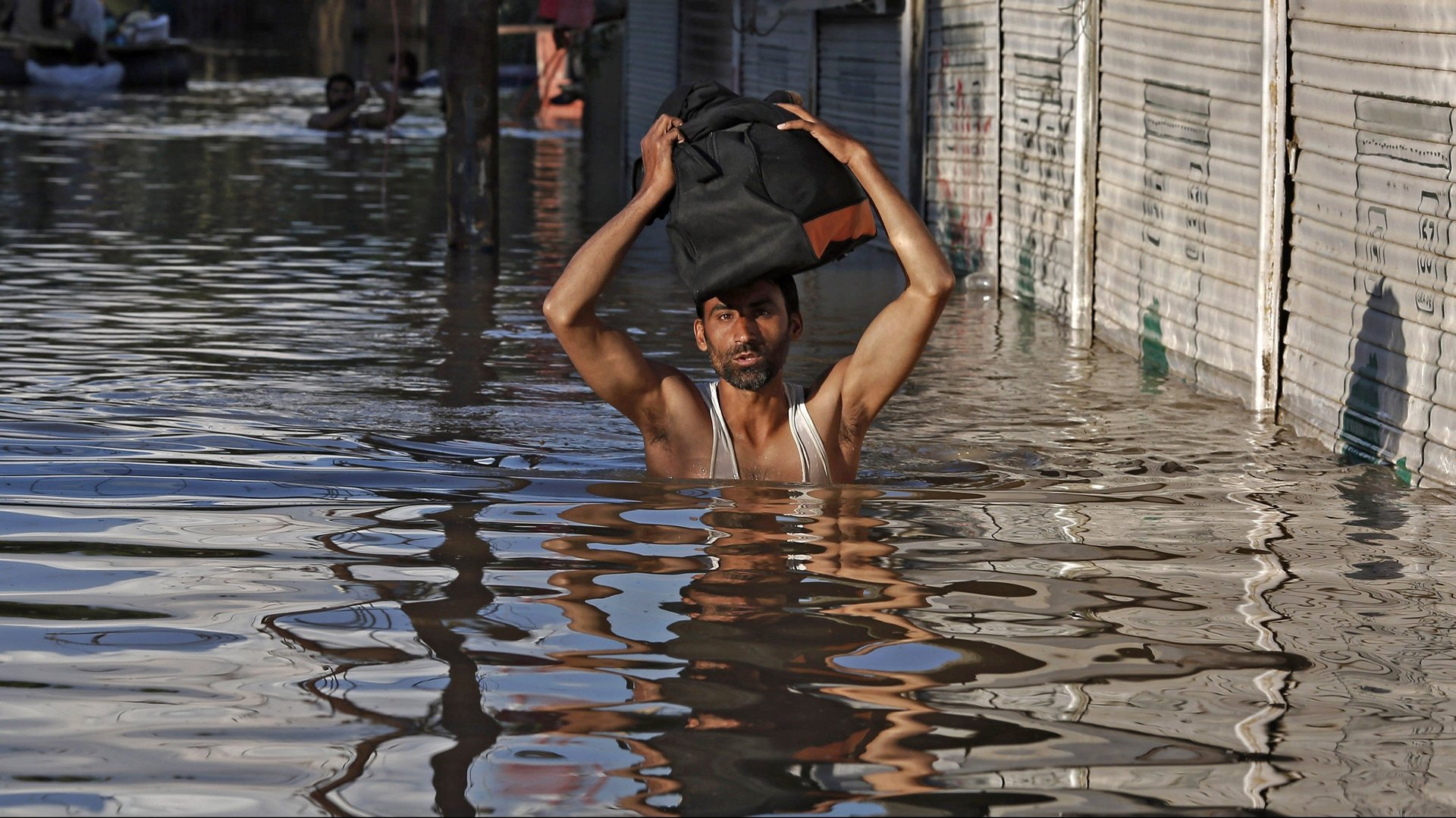One person is displaced by a natural disaster every second—and Asia bears the brunt of the destruction
The world is facing a refugee crisis of historic proportions–the number of people fleeing war and persecution has risen to 60 million–but there is another, huge population being displaced, again and again. Since 2008, an average of 26.4 million people have been displaced by natural disasters every year.


The world is facing a refugee crisis of historic proportions–the number of people fleeing war and persecution has risen to 60 million–but there is another, huge population being displaced, again and again. Since 2008, an average of 26.4 million people have been displaced by natural disasters every year.
That equals about one person a second, according to a new report from the Norwegian Refugee Council and the Internal Displacement Monitoring Centre. Last year 19.3 million people were displaced in 100 countries–better than average, but the trend remains dire, the researchers say.
The 26.4 million number encompasses both weather-related disasters–storms, floods, hurricanes–and geophysical hazards, such as earthquakes. The overwhelming majority of people have been displaced by extreme weather events, however, many of which have been exacerbated by climate change, the report says.
It’s only going to get worse, since extreme weather events are becoming more severe. The year 1998 was, for instance, the worst year on record for displacements, largely caused by the strongest-to-date El Niño warm weather pattern. And El Niño is on track to be even worse this year.
What’s more, the world keeps adding on more people, making large population centers increasingly defenseless, especially in vulnerable coastal regions. Today, the likelihood of an average person being displaced is 60% higher than it was 40 years ago–even after adjusting for population growth.
95% of the displaced come from developing countries, but some of the most vulnerable areas are in middle income states, where economic growth is dynamic and urban areas are rapidly expanding and brimming with people. Asia is consistently the worst-affected region of the world, accounting for 87% of those displaced in 2014 (the continent also contains 60% of the world’s population). It’s particularly bad in three massive countries: China, India, and the Philippines.
A crucial issue that is often overlooked is protracted displacement–a flood may only last a week, but people may not return to their homes for years. This is particularly problematic in poor countries, but even rich areas such as the east coast of the US see people displaced for a long time, as with Hurricane Sandy in 2012.